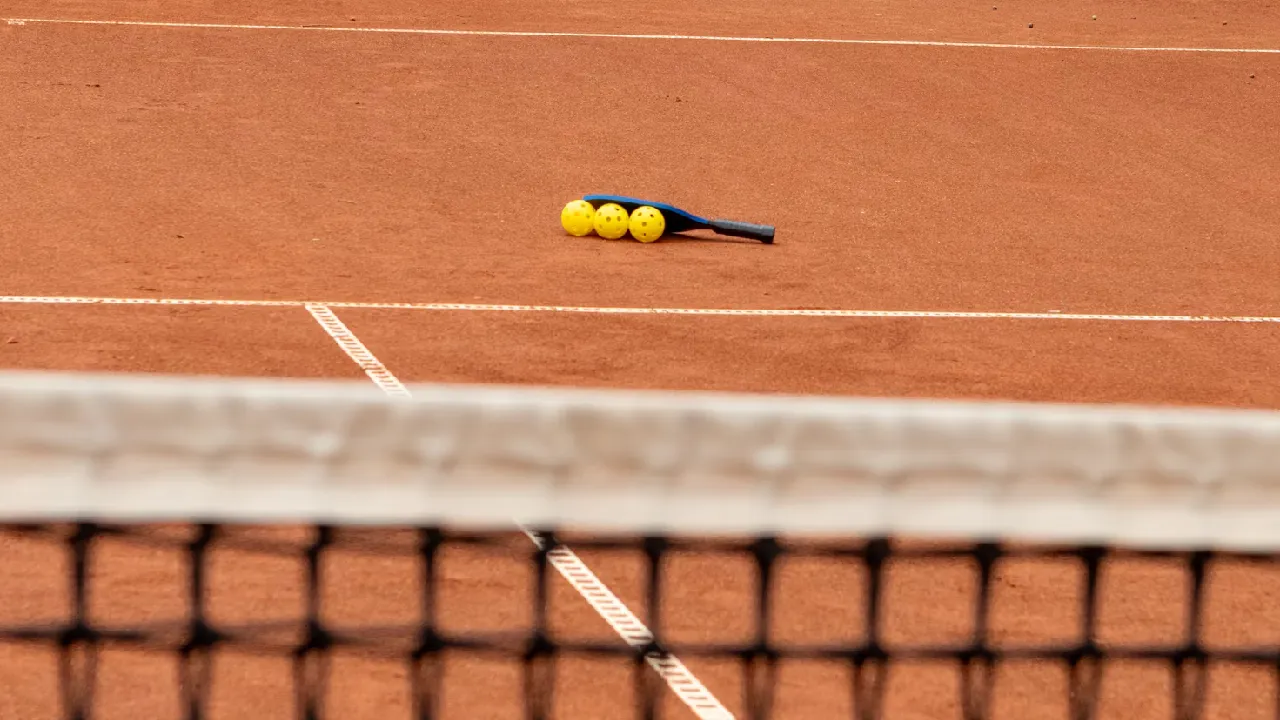Choosing the Best Surface for Your DIY Sport Court
Whether you’re dreaming of good morning games with friends or weekend family tournaments, the material you choose for your pickleball court can make all the difference. From ball bounce consistency to player safety and long-term durability, careful selection of court materials is key. In this guide, we’ll explore popular options especially pickleball sport court tiles and walk you through a simple do it yourself sport court approach to achieve professional-quality results.
Why Court Material Matters
When planning pickleball court construction, your choice of surface will directly affect:
Ball Bounce & Speed: A hard, smooth surface yields a fast game; a cushioned material slows play and reduces stress on joints.
Player Safety: Grip and shock absorption help prevent slips, falls, and repetitive-strain injuries.
Weather Resistance: UV-stable and water-draining materials stand up to sun, rain, and freezes.
Maintenance Requirements: Some surfaces need periodic cleaning or coatings, while others are nearly maintenance-free.
Top Pickleball Court Materials
Here are the most common materials used in courts today:
Concrete or Asphalt Base with Acrylic Coating
Many municipal and club courts start with concrete or asphalt, then add multiple layers of acrylic/color coatings.
Pros: Extremely durable, low-maintenance, familiar bounce.
Cons: Hard on the knees, can crack over time, requires resurfacing every 4-6 years.
DIY Sport Court Tip: Use a roller and squeegee to apply textured acrylic coatings yourself. Allow 24 hours drying between coats.
Artificial Turf
Turf courts bring a unique, cushioned feel to pickleball.
Pros: Excellent shock absorption, softer on joints, great for multi-sport use.
Cons: Slower ball speed, needs regular brushing and cleaning.
DIY Sport Court Tip: Install turf over a compacted gravel or crushed-stone base. Use seam tape and a heavy-duty turf adhesive.
Modular Sports Tiles (Interlocking Plastic Tiles)
Unsurprisingly, pickleball sport court tiles are growing in popularity among homeowners.
Pros:
Quick Installation: Snap-together panels—no glue, no drilling.
Customizable Color & Layout: Create attractive patterns or designate service areas.
Built-In Drainage: Water passes through, so you can play minutes after rain.
Shock Absorption & Traction: Reduces slips and joint stress.
Cons:
Higher upfront cost vs. acrylic.
Can shift if base isn’t perfectly level.
Installation Insight:
Prepare a Flat Base: Concrete slab or compacted limestone screening.
Layout Tiles: Start at a corner, click each tile firmly in place.
Edge Trimming: Cut tiles along boundaries with a utility knife.
Secure Perimeter: Use anchor strips or silicone adhesive where needed.
This modular system makes DIY sport court construction straightforward—even for beginners. Once you master one tile, you can complete a full court in a weekend!
Rubber Flooring
Rubber mats offer tremendous cushioning and grip.
Pros: Reduces impact on knees, excellent slip resistance, easy to install with interlocking edges.
Cons: Can get hot in direct sun, may retain odors if wet.
DIY Sport Court Tip: Choose UV-stabilized rubber and add a non-porous underlayment to prevent weeds from growing up between seams.
Step-by-Step DIY Sport Court Construction
Ready to build your own court? Follow these pickleball court construction steps:
Plan & Measure: A regulation pickleball court is 20 × 44 feet, but you can adjust for space.
Prepare the Base: Excavate sod and topsoil, compact the subgrade, and add a leveling layer (gravel or crushed stone).
Lay Your Chosen Material: For sport court tiles, begin at one corner and work row by row. For acrylic, apply primer, then two coats of color and a topcoat with non-slip grit.
Mark Lines: Use contrasting paint or pre-printed tape to mark baselines, centerlines, and kitchen areas.
Install Accessories: Set up nets, wind screens, and perimeter fencing.
With good planning and the right pickleball sport court tiles, your do it yourself sport court will feel and look like a pro installation.
Maintenance Tips for Longevity
Clean Regularly: Sweep or blow off debris; rinse down tiles or turf monthly.
Inspect for Wear: Check acrylic for cracks; look for loose tiles or seam separation.
Winterize: On concrete or tiles, clear heavy snow promptly—don’t let ice form gaps.
Re-Coat or Seal: Every 3–5 years for acrylic; replace worn rubber mats or damaged tiles as needed.
Is a DIY Sport Court Right for You?
Building your own court can save on labor costs and let you customize every detail. If you enjoy hands-on projects, a DIY sport court using interlocking pickleball sport court tiles or acrylic coatings is very achievable. For a professional finish:
Invest in Quality Materials: Higher-grade tiles and tennis-grade acrylics wear better.
Take Your Time on Prep: A flawless base is the foundation of a long-lasting court.
Follow Manufacturer Guidelines: For curing times, adhesives, and maintenance products.
Conclusion
When it comes to pickleball court construction, the surface you choose will define your playing experience. Whether you opt for classic acrylic over concrete, cushioned artificial turf, or modern pickleball sport court tiles, each material has its place. With a solid plan and easy do it yourself sport court methods, you can create a durable, safe, and fun court right in your backyard. Enjoy crisp bounces, reliable footing, and countless rally-filled weekends.
FAQs
What is the best material for a DIY pickleball court?
Why does pickleball court surface material matter?
Is it easy to build a DIY pickleball court with sport court tiles?
How do I prepare the base for a DIY pickleball court?
What are the pros and cons of using acrylic coatings on pickleball courts?
Can artificial turf be used for a pickleball court?
How do I maintain a DIY pickleball court for long-term durability?
Is building a DIY pickleball court a good idea?
What size should a DIY pickleball court be?
Which court material is best for wet weather conditions?
COMMENTS
Sort by :





Leave A Comment